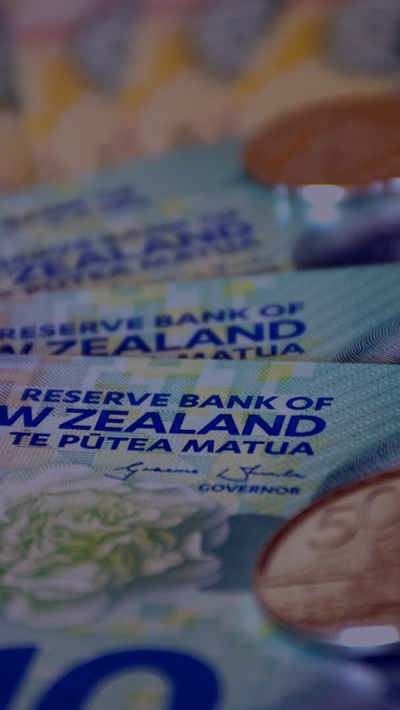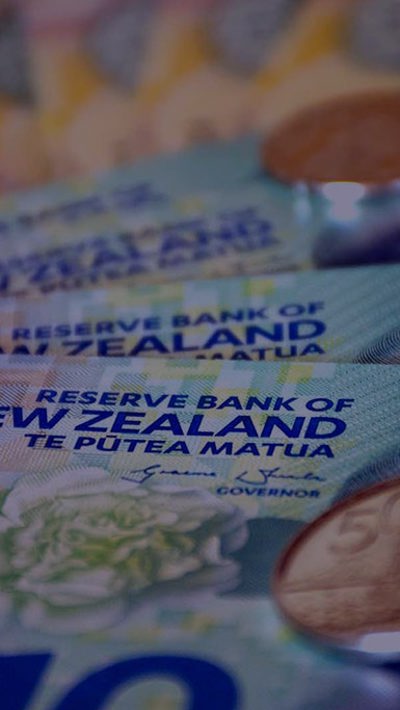Contents
The standards for designated Financial Market Infrastructures (FMIs), developed by the Reserve Bank of New Zealand (RBNZ) and the Financial Markets Authority (FMA) to support the new FMI regime, have been issued.
FMIs, sometimes described as the “plumbing” of the financial system, include payment systems, securities settlement systems, central securities depositories, central counterparties, and trade repositories.
The new framework
The new regime, provided for in the Financial Market Infrastructures Act 2021 (the Act), is designed to encourage the efficiency and soundness of the financial system. Provisions to achieve this included new powers to issue legally binding standards for designated FMIs.
The history
An exposure draft of the new standards was released for consultation in September 2022 along with supporting guidance and a framework for the regulation of overseas FMIs (Overseas Framework).
All standards (other than Standard 23A: “Disclosing compliance with the standards”) come into force at the start of the regime on 1 March 2024. Standard 23A will come into force on 1 March 2025.
Standards and supporting guidance
The 28 standards and the guidance are largely based on the (PFMI) issued by the Committee on Payments and Market Infrastructure (CPMI) and the International Organization of Securities Commissions.
Matters covered include the general organisation, structure and legal rights of FMIs; credit and liquidity risk management; settlement finality; central securities depositories and exchange-of-value settlement systems; default management; business and operational risk management; accessibility; efficiency; and transparency.
Changes from the draft standards include:
- FMI Standard 1: Legal Basis – the requirement to have binding rules and contracts has been more clearly defined to extend to activities of the FMI relating to the provision of essential services (as further defined in the standard);
- FMI Standard 4: Credit Risk and FMI Standard 7: Liquidity Risk – the requirements relating to simple central counterparty (CCP) activities and complex CCP activities have been distinguished. This is aligned with the approach in PFMI;
- FMI Standard 20: FMI Links – the standard now applies to operators of a pure payment system (PPS);
- FMI Standard 23B: Notifying the Regulator – for overseas-equivalent FMIs, only their New Zealand participants are captured. The same change was made to the definition under FMI Standard 17: “Operational Risk”.
The supporting guidance has been updated to reflect these changes, and provide further information, including:
- FMI Standard 2: Governance – if an FMI has multiple operators, the guidance confirms that the standards will apply to each operator specified in the FMI’s designation notice but, with a small number of exceptions relating to Standard 2, the regulators will be satisfied that an operator has discharged its obligations in relation to that FMI if it has ensured that another operator of the same FMI has discharged that obligation;
- FMI Standard 4: Credit Risk and FMI Standard 7: Liquidity Risk – clarifying when an FMI would be considered “systemically important in multiple jurisdictions”;
- FMI Standard 7: Liquidity Risk – an operator of a CCP, PPS or securities settlement systems will be treated as having sufficient liquid resources in all relevant currencies if it ensures that those currencies are able to be obtained on an intraday basis in all reasonably foreseeable scenarios;
- FMI Standard 14: Segregation and Portability – clarifies that there may be circumstances where it is unnecessary to facilitate portability of the positions of an FMI’s participant’s customers and related collateral (for example, where a position is very short-dated, and the applicable client positions will settle before porting can be completed);
- FMI Standard 17: Operational Risk and FMI Standard 17C: Cyber Resilience – clarifies that there may be circumstances where it is not reasonable to obtain an external assurance engagement following a relevant incident or outage. Examples would be where the cost outweighed any benefit or where an internal review would suffice – although the rationale for holding that view would need to be explained to the regulators.
Overseas-equivalent FMIs
Changes to the Overseas Framework confirm that only Standard 23B: “Notifying the Regulator” will apply to operators of overseas FMIs, provided that the conditions for overseas equivalence are met and the operator is complying with those equivalent overseas standards. However, overseas FMIs will continue to be subject to other applicable provisions of the Act.
References to section 47 of the Act (relating to contingency plan requirements) have also been removed from the Overseas Framework. But the regulators will still need to be satisfied that the requirements in the operator’s home jurisdiction are broadly equivalent to the New Zealand regime.
Next steps
Finalising the FMI standards is a major milestone for RBNZ and FMA in the implementation of the FMI regime. Based on RBNZ and FMA’s implementation plan, published in July 2021, we expect a further round of consultation relating to the regulators’ plan for information gathering and further guidance leading up to 2024.
If you would like more information or assistance with preparing for the new FMI regime, please get in touch with one of our experts.
Quick links
Our previous insight: Have your say on FMI Act implementation
















































































